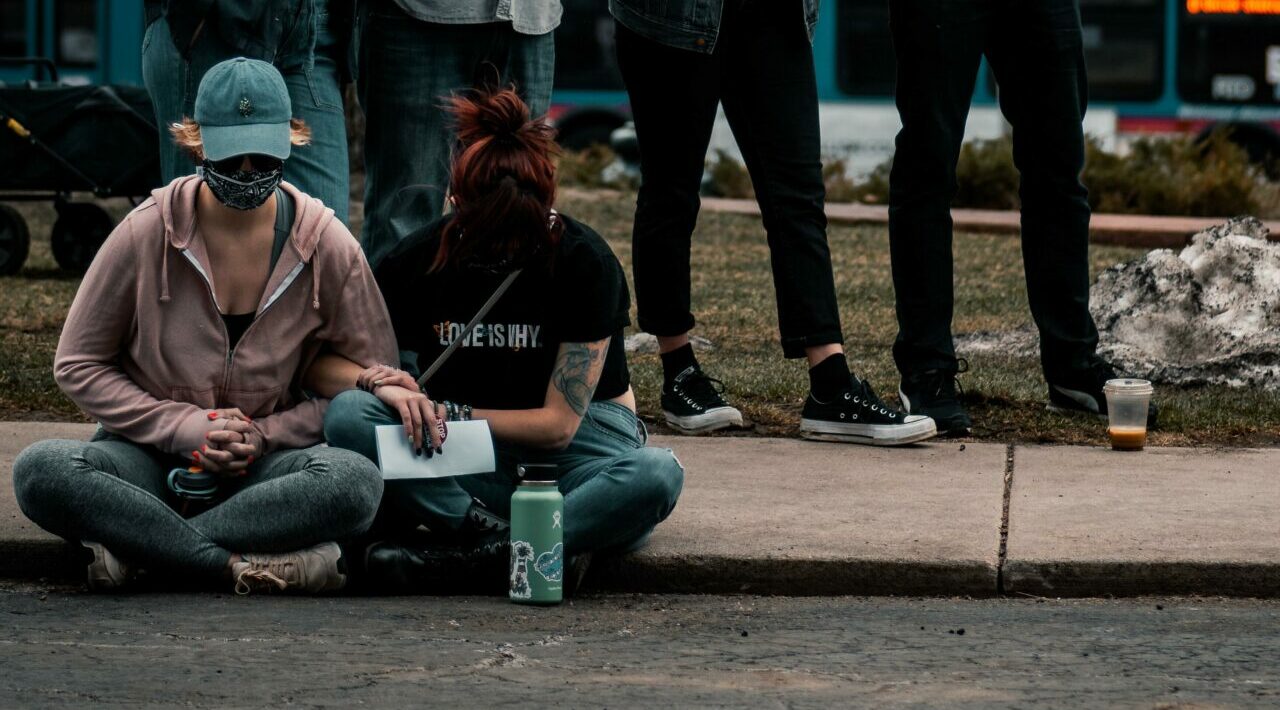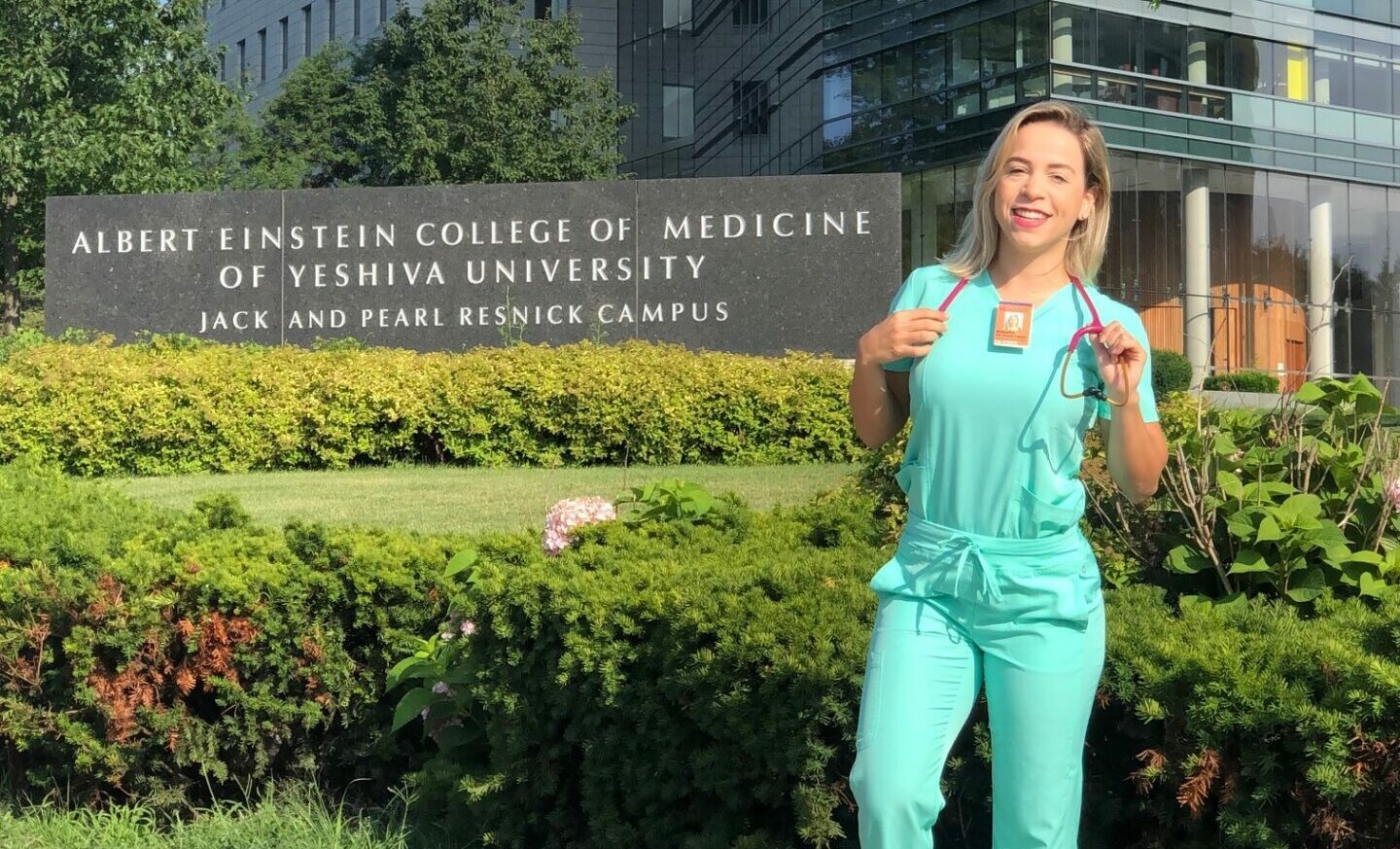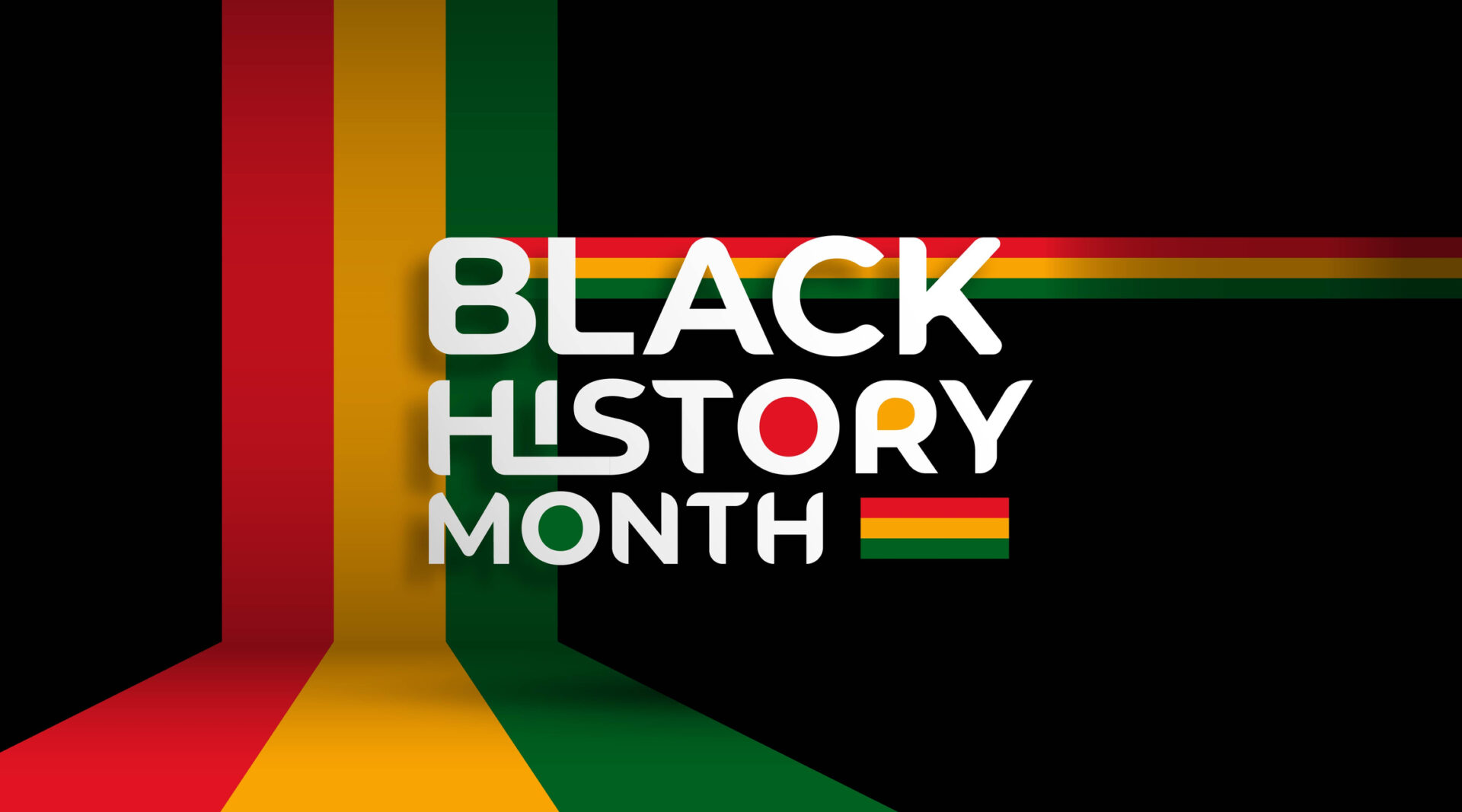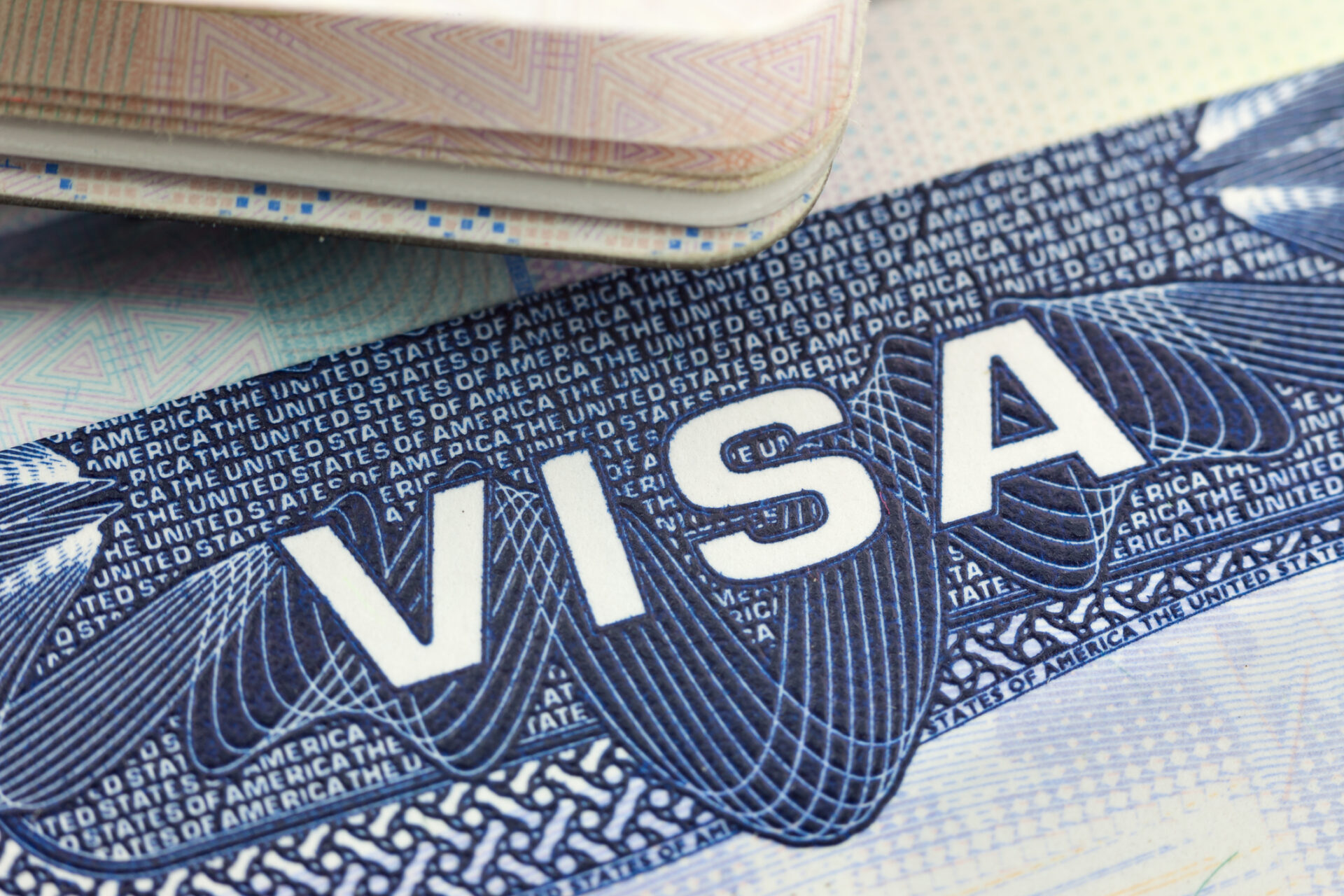As the United States grapples with the aftershocks of multiple high-profile mass shootings this summer–including in Highland Park, IL, just miles from AMO’s office in Chicago–it’s time for a more concentrated focus on gun violence as a public health issue.
Public health policies and initiatives are designed to keep communities healthy and safe from natural and unnatural influences. As we have seen most recently and prominently throughout the COVID-19 pandemic, maintaining public health requires a collective approach. It requires those within communities to look out for one another’s best interests and asks individuals to make small adjustments for a larger good.
Gun violence threatens the health and safety of communities by shattering a community’s sense of safety and togetherness. Three of the most high-profile mass shootings this summer occurred in places where people come together to learn, celebrate, or shop. Places like schools, parades, and malls where safety is not only expected but assumed.
According to the Gun Violence Archive, more than 350 mass shootings have occurred in just over the first half of 2022. That’s more than 350 communities where a baseline trust in public safety, which was once presumed, is now under threat.
The GVA also counts at least 24,279 deaths related to gun violence just through July 19, 2022. That’s more than 4,000 deaths beyond all of 2020 and 14,000 more deaths than all of 2014.
Of those 24,279, 924 have been younger than 18, with death and injuries to children already set to outpace 2020 by nearly 1,500 and more than double the total of 2014, per the Gun Violence Archive.
Non-Fatal After Effects
As a public health issue, the effects span beyond deaths. Non-fatal gun violence can lead to long-term health consequences. According to a study published in the Canadian Medical Association Journal, survivors of gun violence see a spike in long-term disability, with 1 in 5 victims of intentional gun violence at risk for long-term disability and 1 in 10 victims of unintentional violence at risk.
Beyond physical injury, mental health is also impacted. A 2021 study of more than 2,000 patients found that 25.7 percent of non-fatal gun violence survivors were newly diagnosed with a mental health disorder within the 12 months postinjury.
What’s the Solution to Gun Violence?
It is obvious that gun violence is not just a worsening problem but one that is rapidly growing. So, what’s the solution?
Contrary to the collective action required for public health initiatives to succeed, rhetoric following gun violence is often divisive. This leads to congressional inaction or even the loosening of gun laws, as seen this year in Indiana and in a Supreme Court ruling shortly following Uvalde.
Gun Control
At the center of the gun violence issue is access to guns, especially assault weapons. Limiting loopholes and implementing background checks and red flag laws are major steps to limit how widely guns circulate, what types of guns are accessible, and who has access to them.
Organizing Solutions
However, these types of solutions begin with lawmakers. That is why bringing about solutions to gun violence’s public health issue begins with organizing. The steps you can take can be individual–such as calling your local, state, and/or federal representative to demand action on gun violence–or collective action through a network like Everytown or the American Public Health Association.
More than 60% of Americans, Democratic or Republican, want some type of gun control measures in place. Voting puts pressure on those in power to take steps toward policies that match the change the country wants to see. Organizing can help bring this change at the local level, which can help inspire upward change at the state and even federal level.
To learn more about gun violence as a public health issue visit:
American Public Health Association






